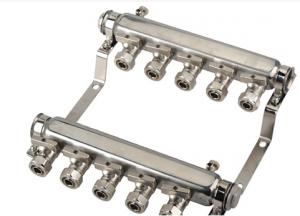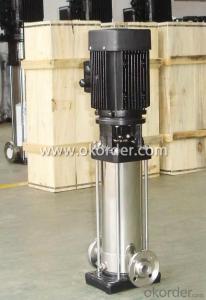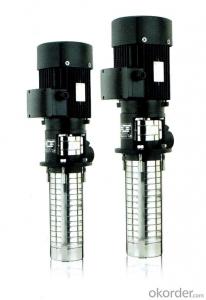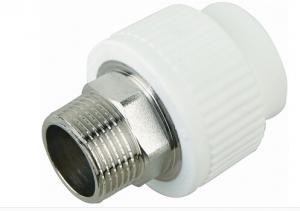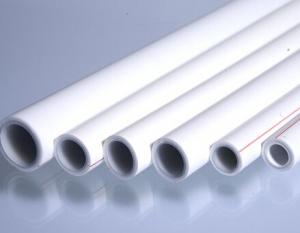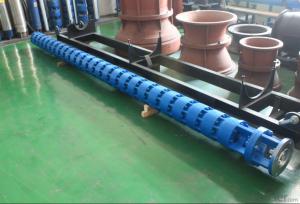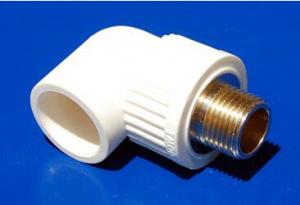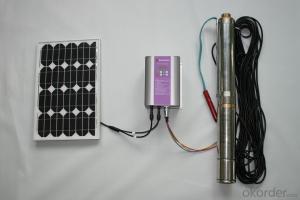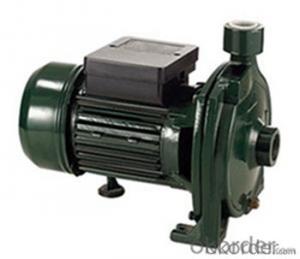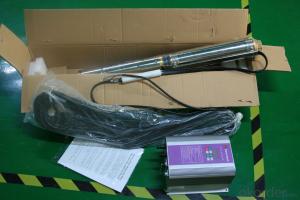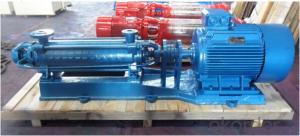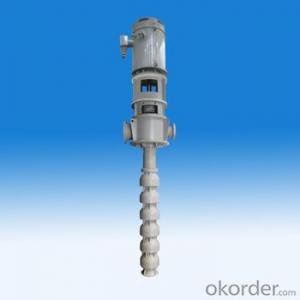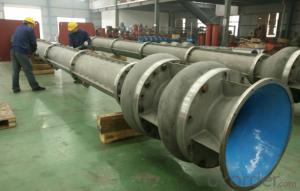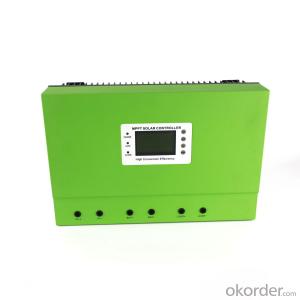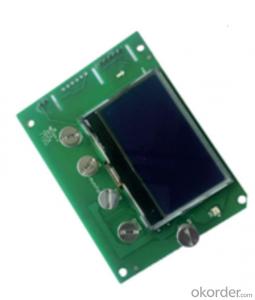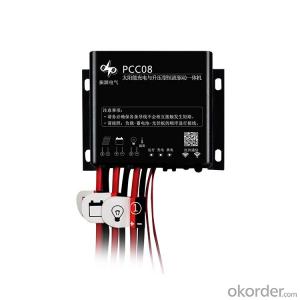Water Pump Solar Inverter
Water Pump Solar Inverter Related Searches
Wd 40 For Stainless Steel Best Inverter For Solar System Hot Water Bags For Pain Relief Mppt Inverter For Solar System Led Headlight Kits For Trucks Led For Cannabis Growing Hs Code For Solar Inverter Solar Shades For Windows Ready Made Bars For Home Plastic Mat For FloorHot Searches
Steel Mesh Panels For Sale Cheap High Tea Sets For Sale High Density Fiberboard For Sale Solar Hot Water Collectors For Sale Scaffolding For Sale In Uae Scaffolding For Sale In Ireland Scaffolding For Sale In Houston Type Of Inverter For Solar Used Solar Inverter For Sale Portable Led Signs For Sale Stone Hot Water Bottles For Sale Large Led Screens For Sale 1/4 Aluminum Plate For Sale Passive Solar Water Heater For Sale H4 Led Headlight Bulbs For Sale Air Pump For Aquarium Price Inverter Size For Solar System Solar Edge Inverter For Sale 5kw Solar Inverter For Sale Printed Solar Cells For SaleWater Pump Solar Inverter Supplier & Manufacturer from China
Okorder.com is a professional Water Pump Solar Inverter supplier & manufacturer, offers integrated one-stop services including real-time quoting and online cargo tracking. We are funded by CNBM Group, a Fortune 500 enterprise and the largest Water Pump Solar Inverter firm in China.Hot Products
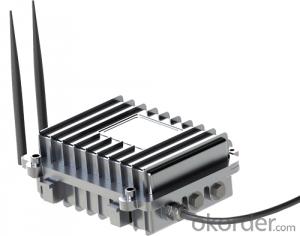
Internet of Things Wireless Centralize Controller Remote Monitor System MPPT Solar Charge Controller
FAQ
- The purpose of a solar controller is to regulate and optimize the charging process of a solar panel system according to the surrounding light conditions. By utilizing advanced technology and algorithms, it efficiently manages fluctuations in light intensity and adapts the charging parameters accordingly. Monitoring the voltage and current produced by the solar panels is one of the main tasks of a solar controller. When there is ample sunlight, the controller recognizes higher voltage and current levels, indicating ideal charging conditions. Consequently, it adjusts the charging parameters to enable maximum power transfer from the panels to the battery, ensuring efficient charging. However, the solar controller must adapt as the ambient light conditions change to maintain optimal system performance. In low light situations, such as cloudy or overcast days, the controller identifies a decrease in voltage and current. In these instances, it reduces the charging parameters to prevent overcharging the battery, which could potentially cause damage or decrease its lifespan. On the other hand, during periods of high light intensity, such as sunny days, the controller detects an increase in voltage and current. To prevent overloading the battery, it modifies the charging parameters to limit the amount of power transferred, guaranteeing safe and efficient charging. Moreover, a solar controller may also incorporate additional features like temperature compensation to handle variations in ambient temperature. Since temperature affects the charging process, the controller adjusts the charging parameters to compensate for temperature fluctuations and maintain optimal charging conditions. In conclusion, a solar controller effectively manages variations in ambient light conditions by continuously monitoring and adjusting the charging parameters based on the voltage and current produced by the solar panels. This ensures efficient operation of the solar panel system, maximizes power transfer, and safeguards the battery from overcharging or other potential issues.
- A solar controller handles short circuit protection by implementing various mechanisms and features to ensure the safety and functionality of the solar system. Firstly, a solar controller is equipped with built-in electronic circuitry that constantly monitors the current flowing through the system. In the event of a short circuit, where the current exceeds the controller's rated capacity, the controller immediately detects the excessive current flow. Once a short circuit is detected, the solar controller employs different protective measures to prevent damage to the system. One of the key protections is the use of fuses or circuit breakers. These devices are strategically placed within the circuit to interrupt the current flow in the event of a short circuit. Fuses are designed to melt and break the circuit when the current exceeds their rated capacity, while circuit breakers use an electromechanical mechanism to accomplish the same task. Additionally, many modern solar controllers utilize advanced microprocessors and monitoring systems. These systems are capable of detecting irregularities in the current flow and rapidly shutting down the system to prevent any potential damage. They also provide real-time monitoring and diagnostics, helping to identify and resolve any issues before they escalate. Furthermore, solar controllers often incorporate additional protective features such as temperature sensors. These sensors detect any abnormal rise in temperature, which could indicate a short circuit or other issues within the system. When an excessive temperature is detected, the solar controller can automatically shut down the system to prevent any further damage. Overall, a solar controller's short circuit protection is a multi-layered approach that combines electronic circuitry, fuses or circuit breakers, advanced microprocessors, and temperature sensors. These features work together to detect and mitigate short circuit events, ensuring the safety and longevity of the solar system.
- Solar panels of different orientations can indeed be used with a solar controller. The solar controller's role is to regulate the energy flow between the solar panels and the battery or load, and this is unaffected by the panels' orientation. Monitoring the battery's charge level and preventing overcharging or discharging are the primary functions of the solar controller. Therefore, as long as the solar panels are connected to the controller and it is correctly set up, it can effectively manage the energy flow regardless of the panels' orientations. It is worth mentioning, however, that the efficiency of the solar panels may vary depending on their orientation towards the sun, which can impact the overall performance of the solar system.
- The standby current consumption of a solar controller typically refers to the amount of electrical current that the controller uses when it is not actively charging or discharging a battery. This standby current consumption is usually minimal, ranging from a few milliamps to a few hundred milliamps, depending on the specific model and design of the solar controller.
- Yes, a solar controller can be used with a solar-powered remote monitoring system. A solar controller is typically used to regulate the charge of a solar panel's battery, ensuring efficient power management. In a solar-powered remote monitoring system, the solar controller can help optimize the power supply from the solar panel to the monitoring equipment, ensuring reliable operation even in varying sunlight conditions.
- Solar-powered indoor government buildings can effectively utilize a solar controller. Also referred to as a charge controller, a solar controller plays a crucial role in a solar power system. Its main function is to regulate the flow of electricity between solar panels and batteries. This ensures that the batteries are efficiently charged and prevents any damage caused by overcharging. To generate electricity, solar panels in these buildings harness sunlight. This electricity powers various devices and systems within the building. In order to manage the charging process of the batteries that store this solar energy, a solar controller becomes necessary. By connecting the solar panels to the solar controller and then to the batteries, the solar controller can effectively monitor and control the charging process. This maximizes battery efficiency and lifespan. Furthermore, solar controllers often offer additional beneficial features, including temperature compensation, load control, and battery protection. These features are particularly important for indoor government buildings as they optimize the performance of the solar power system and ensure a reliable and sustainable power supply. Therefore, it is highly advisable to incorporate a solar controller in conjunction with solar-powered indoor government buildings. This guarantees the efficient and safe operation of the solar power system.
- The maximum charging temperature that a solar controller can handle varies depending on the specific model and manufacturer. However, in general, most solar controllers are designed to withstand temperatures up to 60-70 degrees Celsius (140-158 degrees Fahrenheit) without any significant impact on their performance or durability.
- A solar controller regulates the charging and discharging of batteries by monitoring the voltage and current output from the solar panels. It ensures that the batteries are charged efficiently by adjusting the amount of energy being transferred from the solar panels to the batteries. Additionally, the solar controller prevents overcharging by limiting the voltage supplied to the batteries, and it also prevents deep discharging by disconnecting the load when the battery voltage drops below a certain level. Overall, the solar controller acts as a protective device that optimizes the charging and discharging process to maximize battery life and performance.





